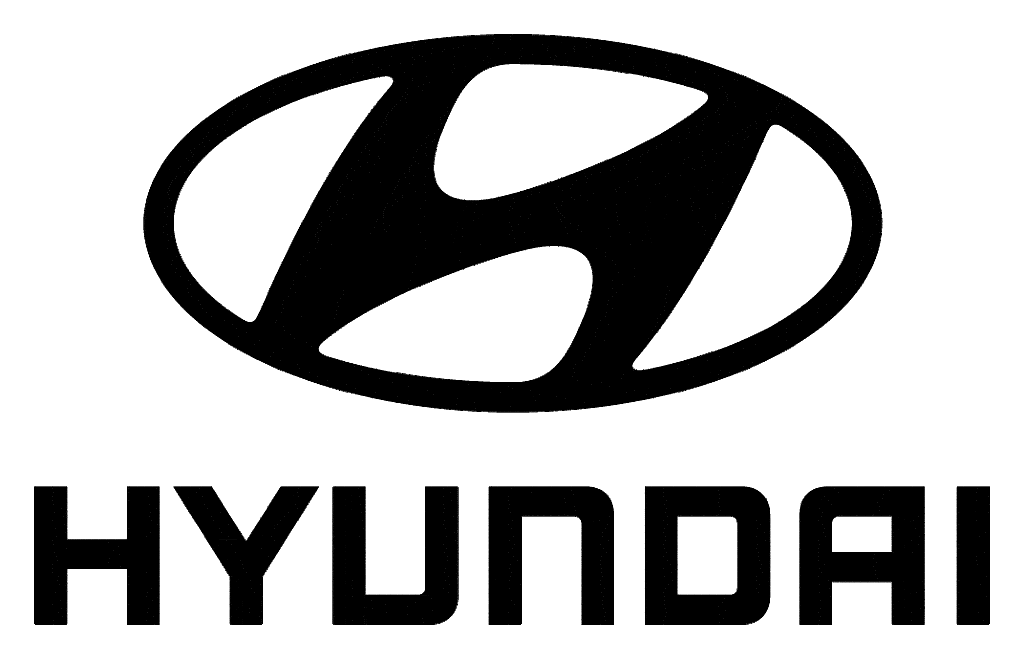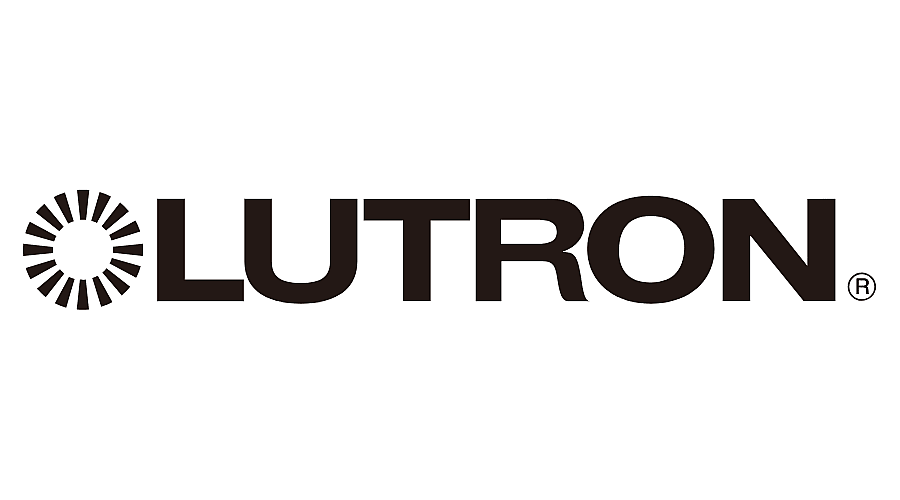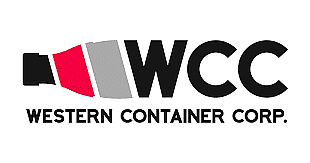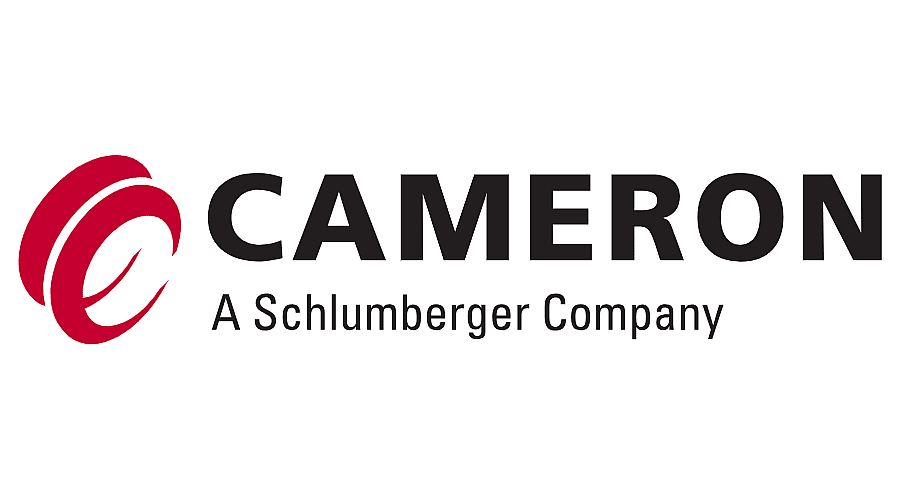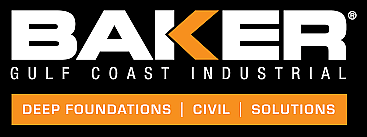Most Common Types of Corrosion
Many different types of corrosion can affect a worksite, building, or equipment. The main distinction between the different types of corrosion is the way they occur. They also tend to affect the corroded surface differently. The most common types of corrosion are general, localized, environmentally induced cracking, and metallurgically influenced corrosion. All these types contain subcategories with varying levels of commonality. Here are each of the most common types of corrosion.
General Corrosion
General corrosion, also known as uniform corrosion, is the most common type of corrosion. While general corrosion is the most common type of corrosion, it is not the most serious form because it is typically easy to predict.
Here are the varying types of general corrosion:
Galvanic Corrosion
Galvanic corrosion is the most common type of corrosion in every category. It occurs when two different metals with varying electrochemical energy levels become linked via a conductive path. It’s most common among those who use dissimilar metals within the same structure. The dissimilar metals’ differing energy levels are the main cause of the corrosion reaction on the surfaces. There are three requirements for corrosion to be classified as galvanic in nature.
The three requirements are as follows:
- Electrochemically dissimilar metals need to be present to form the anodic and cathodic areas.
- The differing metals must be in contact electrically so they may exchange electrons.
- The metals must experience exposure to an electrolyte, which activates the electromotive driving force.
Atmospheric Corrosion
Atmospheric corrosion occurs most often in humid environments, but an electrochemical reaction to moisture ultimately causes this. Atmospheric corrosion manifests in what is commonly known as rust (iron oxide). This type of corrosion is due to the presence of oxygen and carbon dioxide in a moist environment, as oxygen and carbon dioxide alone will not result in corrosion.
High-Temperature Corrosion
High-temperature corrosion, also known as dry corrosion or scaling, is fairly common in industrial settings. A chemical attack from gases, solid or molten salts, or molten metals causes it. These materials usually are about 750 degrees (F) to cause high-temperature corrosion. At this high of a temperature, almost any material is subject to corrosion. There are different types of high-temperature corrosion.
The following are the varying types of high-temperature corrosion:
- Carburization
- Chlorination
- Flue gas and deposit corrosion
- Nitridation
- Oxidation
- Sulphidation
Stray-Current Corrosion
Stray-current corrosion is corrosion that results from the current flowing through paths outside their intended circuit. This type of corrosion only occurs at the point of discharge. At the point of entry and throughout the entire system carrying the stray current, there cannot be corrosion because the entry point holds a certain amount of cathodic protection to the metal structure. Stray-current corrosion is unique in that it’s not natural corrosion since an external and independent factor, unaffected by environmental factors, can cause it.
General Biological Corrosion
Many people also know general biological corrosion as microbial corrosion. This type of corrosion is a form of biodeterioration. It’s corrosion due to the presence of microorganisms. This is one of the simplest forms of corrosion to control if done correctly. Bacteria, microalgae, inorganic, and organic chemicals can all cause general biological corrosion. It is the most common type of corrosion found in industries that utilize power plants, cooling towers, and chemical industries.
Localized Corrosion
Unlike general corrosion, localized corrosion is typically found in small, local areas on surfaces. It has much higher rates and is much more serious than general corrosion, although it is less common.
The different types of localized corrosion include:
Crevice Corrosion
Crevice corrosion is the result of a stagnant solution in crevices attacking metal surfaces. What sets crevice corrosion apart is the location of where it happens and can happen between two metals or a metal and a non-metal material. The damage would become concentrated on the metallic part because of the concentration gradient in chemicals. There are a few factors in crevice corrosion that influence the severity and ease of cure.
The following are things that factor into the severity of crevice corrosion:
- Type of crevice: metal to metal or metal to non-metal
- Crevice specifics: the size of the gap, depth, and surface roughness
- Composition of metal: alloy structure composition
- Environment: pH, halide ions, temperature, and oxygen levels/presence
Filiform Corrosion
Filiform corrosion is another very common type of corrosion. Typically, when one refers to something as “localized corrosion,” it specifically means filiform corrosion. It is quite common, but typically causes minimal serious damage to metals despite causing a very corroded appearance. Filiform corrosion usually occurs on coated surfaces when moisture or a corrosive liquid penetrates the coatings. This is one of the most common, yet preventable forms of corrosion.
Pitting Corrosion
Pitting is a very aggressive form of corrosion that happens to materials containing protective films. It happens when specific solutions attack and penetrate the localized holes on a metal’s surface. Pitting corrosion typically occurs when there is a lack of oxygen to the metal surface—the oxidation of iron, mercury, copper, or other elements. There are a few methods to protect metal surfaces against pitting corrosion.
Below are the main way to prevent pitting corrosion in materials containing protective films:
- Using a more protective film
- Wash away fluids quickly
- Use cathodic protection
- Use a pitting-specific prevention coating
- Contact corrosion engineering consultants to address and fix any concern areas
Metallurgically-Influenced Corrosion
Metallurgically influenced corrosion is another very common form of corrosion. The influence of microorganisms on corrosive materials causes it. This type of corrosion also has a few subcategories.
The types of metallurgically influenced corrosion include:
Erosion Corrosion
Erosion is a unique type of corrosion that refers to corrosion caused by a rapid turbulent fluid flow on any metal surface. The main cause of erosion is pitting corrosion. Erosion is the corrosion that most often leads to extreme loss of metal material, which can have devastating effects on industries that use pipelines, as these can erode, loose metal, and allow the materials flowing through them escape.
Fretting corrosion
Fretting corrosion occurs due to a combination of fretting and corrosion. Fretting is the action of rubbing or excessive friction. When there is already a risk of another type of corrosion with two metals, and the two fret together, the result is a deformation due to corrosion, or fretting corrosion. While fretting corrosion takes time to develop, if not caught right away, the repair costs are extremely high. The only true way to prevent fretting corrosion is by superior mechanical design.
Environmentally-Induced Cracking
This type of corrosion is also a common one. Multiple conditions combining and resulting in specific types of damage can cause this to occur. While less common than general corrosion or metallurgically influenced corrosion, environmentally induced cracking is still among the most common types of corrosion.
Stress-Corrosion Cracking
Stress-corrosion cracking is a very common type of corrosion. While it is typically something that develops slowly over time, it can also happen in just a few hours, making it the most unpredictable corrosion type. It’s hard to catch and slowly fractures the two metals because of the combination of stress on the metals and living in a corrosive environment, such as a damp area.











